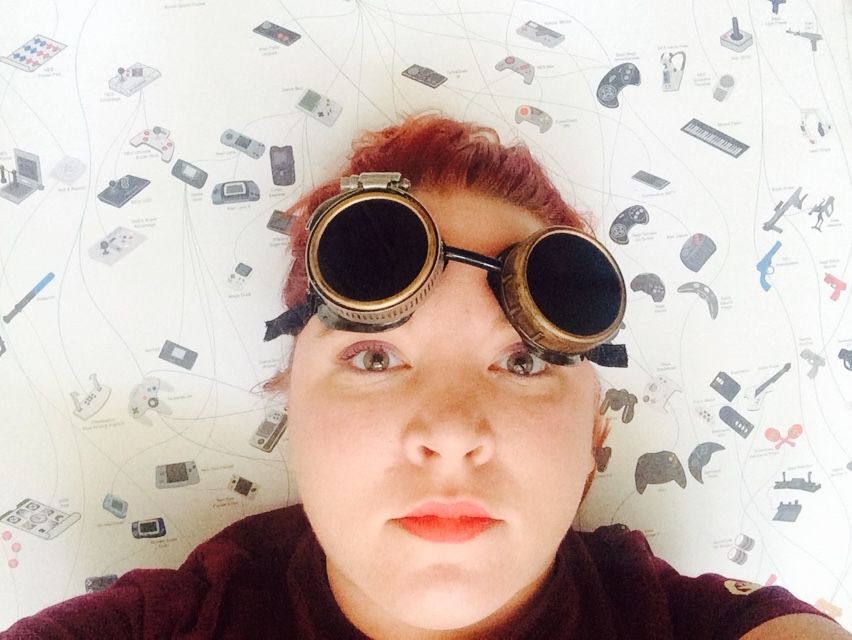Who do you think your customer is?
If you have a product or a service you offer, you probably also have some idea of who you want to sell that product to or where you might sell that product. Figuring out your product and customer base is a lot of trial and error and educated guessing. As you gather more data points, you can make more informed decisions. If you're a company with a new product and you're trying to figure out who your customer is, start with who you think your customer is.
Let's say that you're a SaaS (Software as a Service) company that provides a tool to put together resources from all over the internet into one place that you can then share with other people by sending them a link or embedding directly. Who do you think your customer is? If you're playing along at home, you can even write it down.
Did you say teachers? Entrepreneurs? Women? Men? Children? College students? Because all of those would be correct. Each of these services does exactly what I mentioned but they all have different audiences and target customers.
Who your customer is shapes how you design your product and who is interested in your product. Let's say you decided your audience is hobbyists. Because your product is designed to accommodate people who have a more cozy and less purpose-driven viewing style, you might present your content as offset cards and have recommendations take up more space than it would if your audience was business people. You might use more light-hearted fonts instead of the crisp lines of a sans font.
Find your customer
Now that you know who you think your customer is, put your product in front of that customer and get their feedback. Make sure that you're asking the CUSTOMER where they live. If your customer is hobbyists, you might think, "Oh I'll go hang out in front of the craft store and ask people to test my product." This seems like a good idea on the surface, but when you start asking hobbyists, "Hey where do you hang out?" You might find that while the people who do fabric hobbies DO hang out at the craft store, a more broad audience of hobbyists - people who are into macrame, rock tumbling, and woodworking - enjoy swapping stories on ShareMyHobby.com's forums. So don't assume you know where your audience hangs out. ASK THEM.
Put your product in front of your customer
Once you know where they hang out, give them your tool to use and without any prompting, directions, or feedback. Just watch and listen to them interact with it.
This will be hard.
You will want to tell them they don't understand or they're doing it wrong. They are the customer. If they don't get it, change the design. Make it more clear.
You might find a new audience
There's a possibility you'll find the product does not land with this customer the way you think it would. There is also a possibility that you put your product in front of a random group of people and someone says, "Hey I'm an accountant and this would be really helpful for my business in this way." Now, you have a new potential customer. Find the place where those customers live and get your product in front of them too. Collect the feedback they give you and use that to make decisions about your product going forward.
Recap
- Figure out who you think your customer is; just make a best guess
- Find out where your customer lives by ASKING THEM; don't assume you know where they spend their time
- Put the product in front of your customer and listen to them
- Pay attention and notice when a new audience presents themselves
- Collect the feedback and use it to make decisions
Hi! I'm webs, founder of Studio W on W. I'm also a senior product owner at an edtech company, software developer, security specialist, and teacher and I want to help your small business or startup build a product your customers love.

